Rulers who were unpopular when they died
Throughout history, some rulers have gained a notorious reputation, leaving behind legacies that are far from favorable. These leaders, often embroiled in controversy and scandal, have become infamous for their actions and decisions.
While their reigns were filled with challenges, their stories offer a glimpse into the complexities of leadership and power. It’s fascinating to explore how their legacies have shaped historical narratives, often casting them as villains or misunderstood figures in the annals of history.
King John of England: The Not-So-Merry Monarch
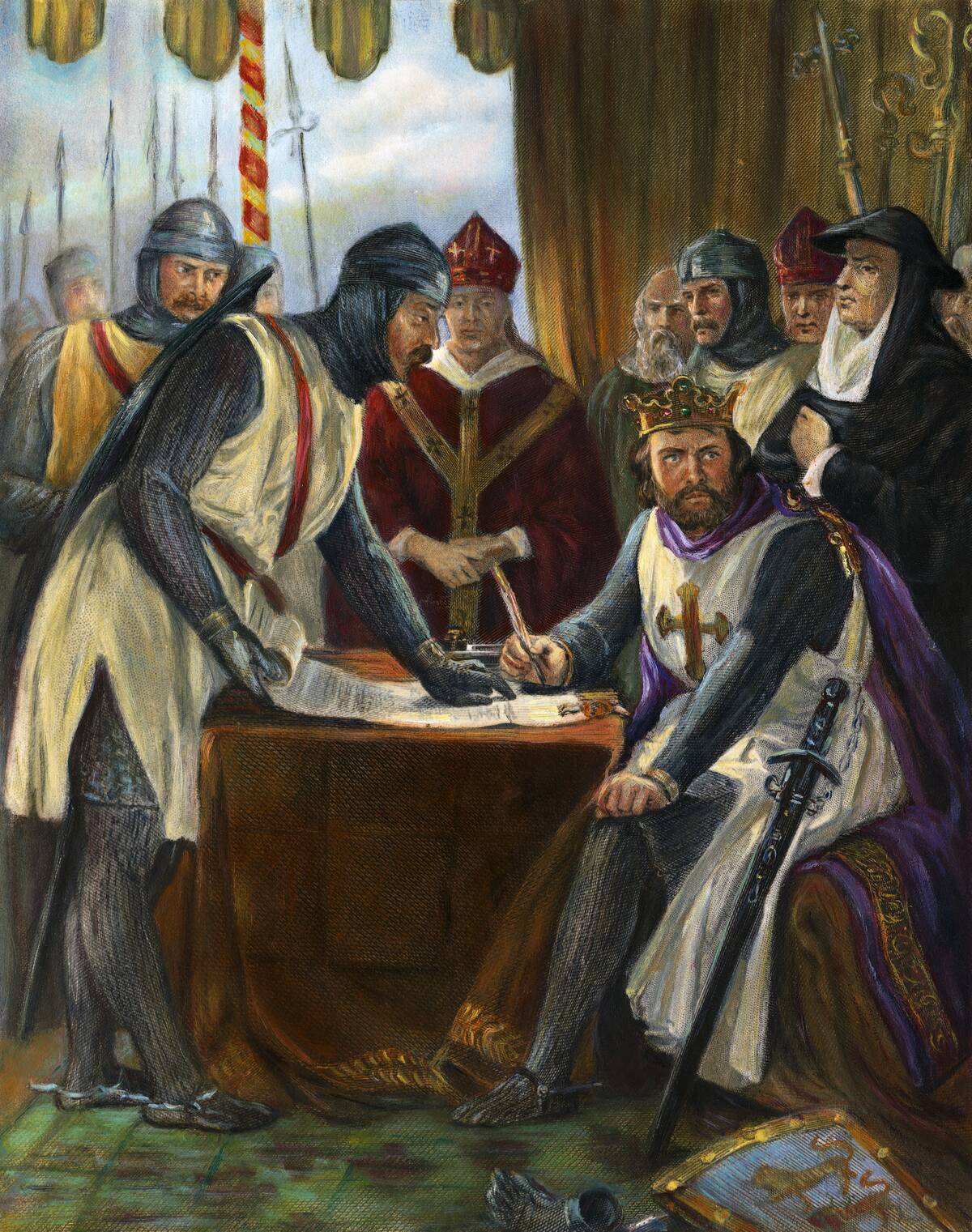
King John of England, reigning from 1199 to 1216, is often remembered for his role in the signing of the Magna Carta in 1215. While this document laid the groundwork for constitutional law, John’s reign was marked by military failures and heavy taxation.
His loss of Normandy to France and his excommunication by the Pope further tarnished his reputation. Despite his unpopularity, the Magna Carta remains a significant part of his legacy, symbolizing the struggle for the rights of the governed.
Louis XVI of France: The Guillotined King
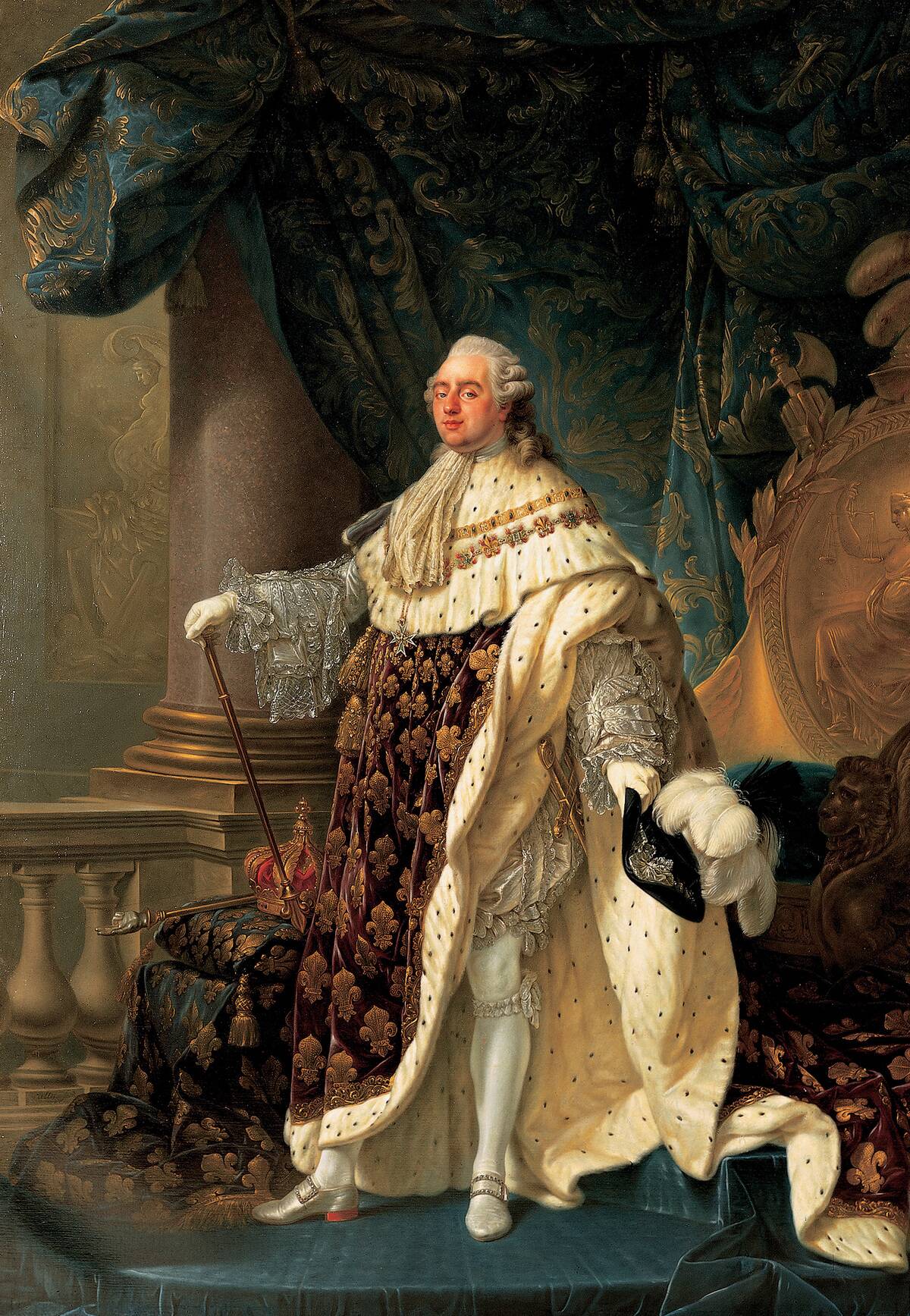
Louis XVI ascended to the French throne in 1774 and faced immense financial crises and widespread discontent. His indecisiveness and failure to address fiscal issues contributed to the French Revolution.
In 1793, he was executed by guillotine, marking the fall of the monarchy. Despite his tragic end, his reign saw the seeds of modern democracy being sown, as revolutionary ideas began reshaping France and eventually influencing the world.
Marie Antoinette: The Misunderstood Queen
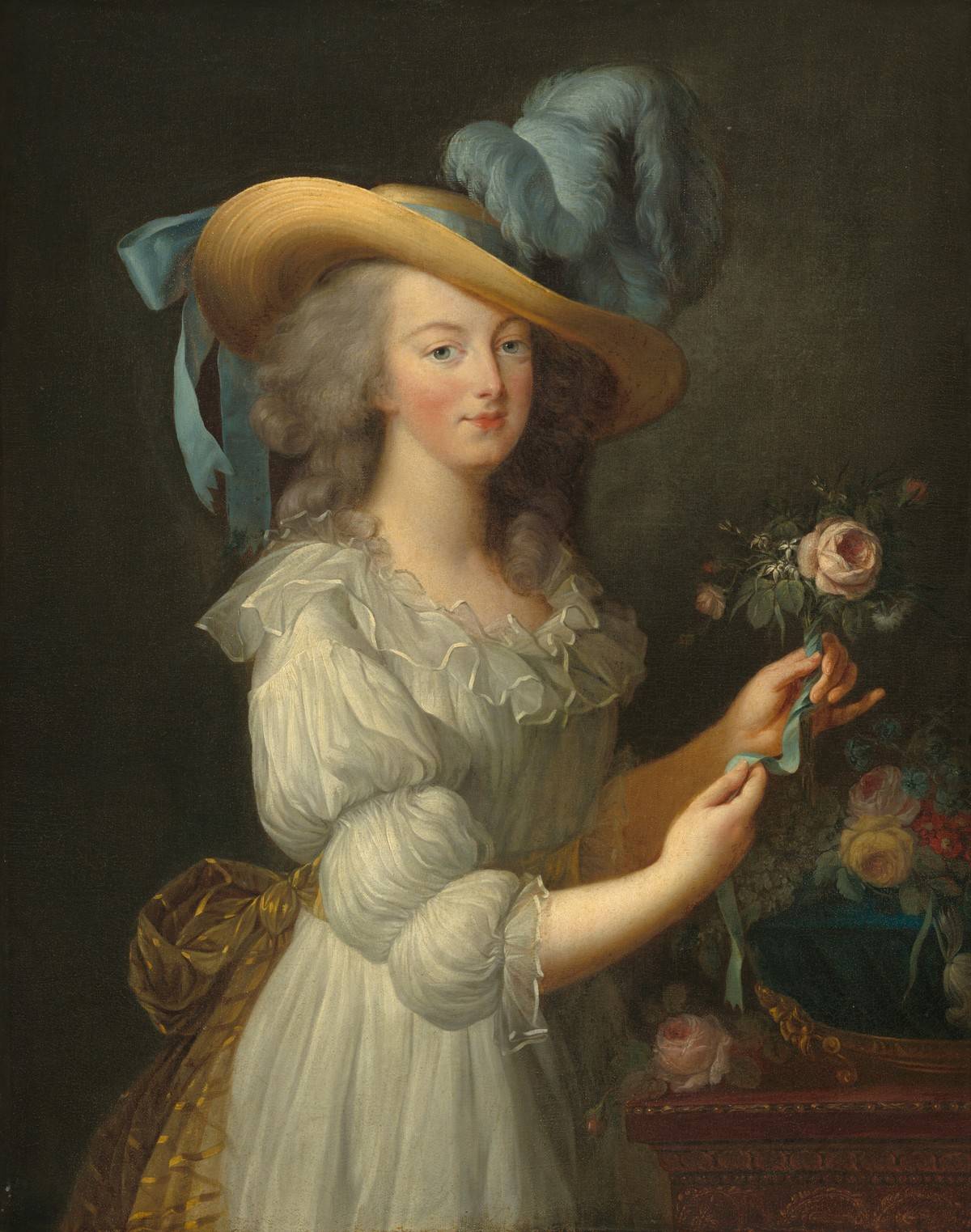
Marie Antoinette, the last queen of France before the revolution, is often remembered for the infamous quote “Let them eat cake,” which she likely never uttered. Her lavish lifestyle and Austrian origins made her a target of public ire.
Despite her frivolous image, she showed resilience during the revolution, supporting her husband and children. Her execution in 1793 marked the end of an era, and over time, some historians have reevaluated her life, suggesting she was more victim than villain.
Tsar Nicholas II of Russia: The Last Romanov
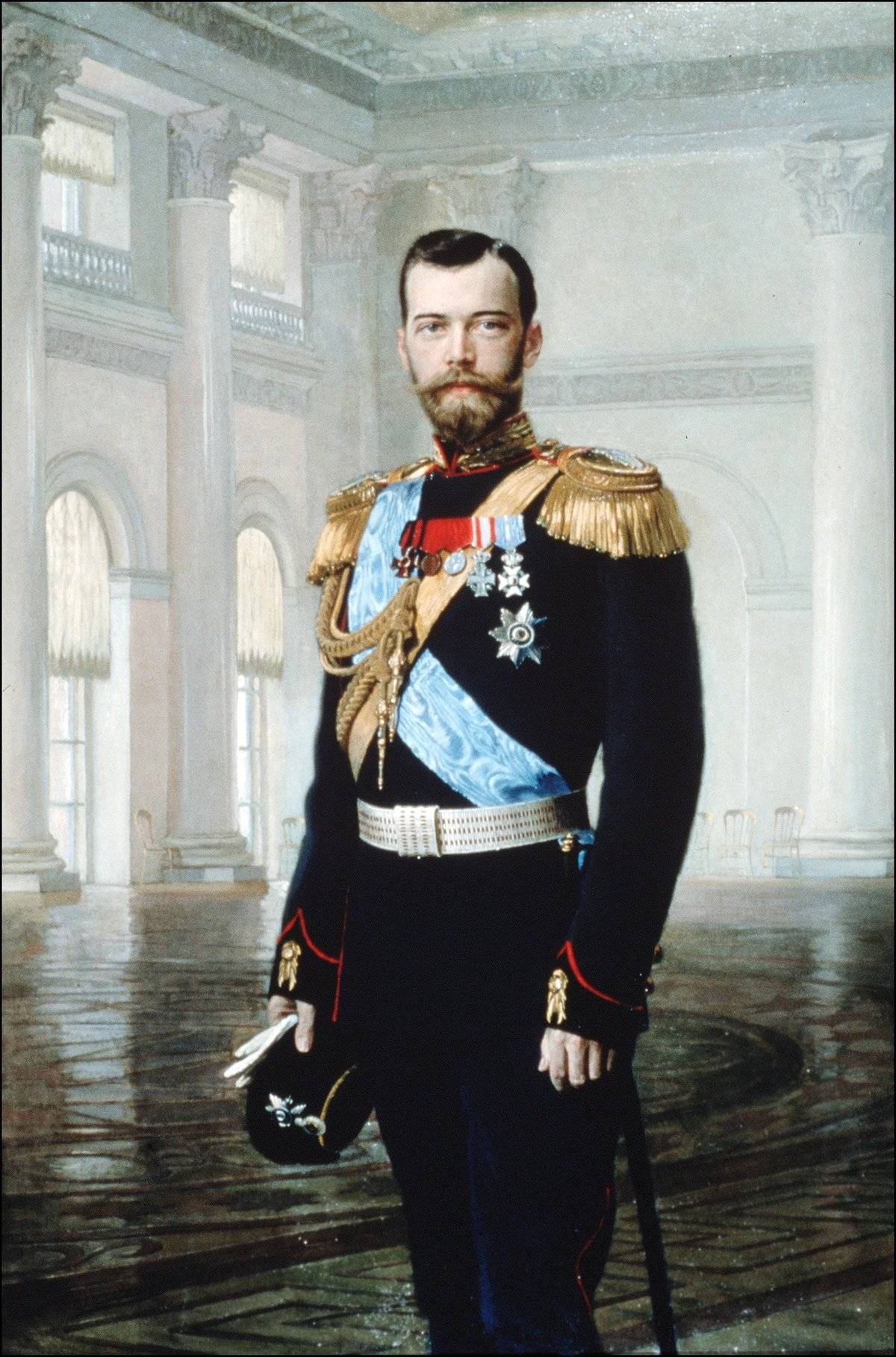
Tsar Nicholas II, the last Emperor of Russia, ruled from 1894 until his abdication in 1917. His reign was plagued by military defeats, including the Russo-Japanese War and Russia’s struggles in World War I, and domestic unrest leading to the Russian Revolution.
The tragic execution of Nicholas and his family in 1918 ended over three centuries of Romanov rule. Today, Nicholas is often seen as an incompetent and ill-fated leader, whose inability to adapt to change sealed the fate of the Russian Empire.
Queen Mary I of England: Bloody Mary’s Reign
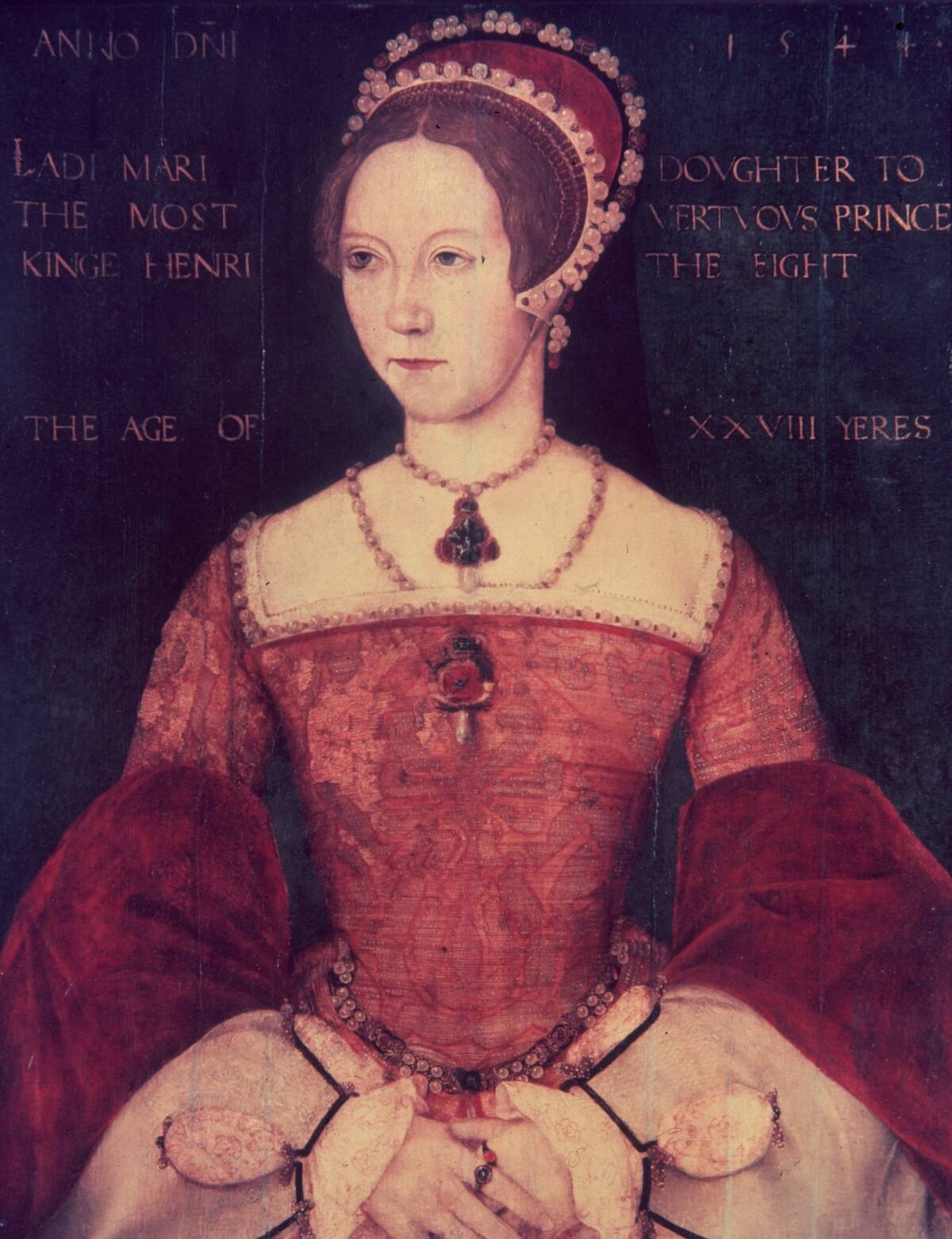
Queen Mary I of England, ruling from 1553 to 1558, earned the nickname “Bloody Mary” for her persecution of Protestants. Her attempts to restore Catholicism led to the execution of over 280 religious dissenters.
Both at the time and since, her religious fervor left a dark mark on the Tudors’ legacy among Protestants. Indeed, it’s hard not to see Bishop of Winchester John White’s praise at her funeral as faint, as he said, “She was a king’s daughter; she was a king’s sister; she was a king’s wife. She was a queen, and by the same title a king also.”
Emperor Nero: Rome’s Infamous Tyrant
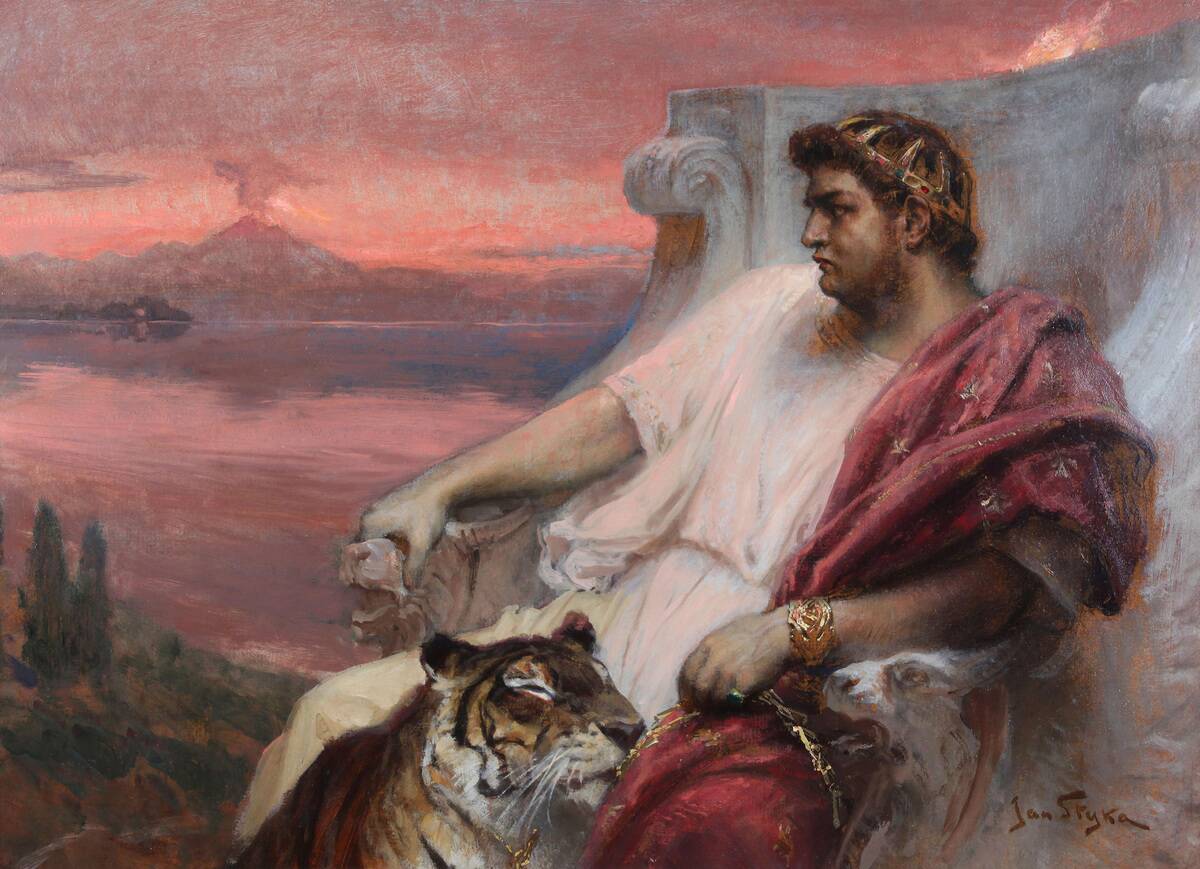
Emperor Nero, ruling from 54 to 68 AD, is infamous for his tyrannical rule and alleged (though likely unwarranted) role in the Great Fire of Rome. Known for his extravagant lifestyle and artistic ambitions, Nero’s reign was marred by political murders and public dissatisfaction.
Despite these negative aspects, Nero’s era saw significant cultural developments, including advancements in architecture and the arts. His tumultuous rule ended with his death by his own hand, leaving a legacy of both cultural innovation and notorious infamy.
King George III of Great Britain: The Mad King
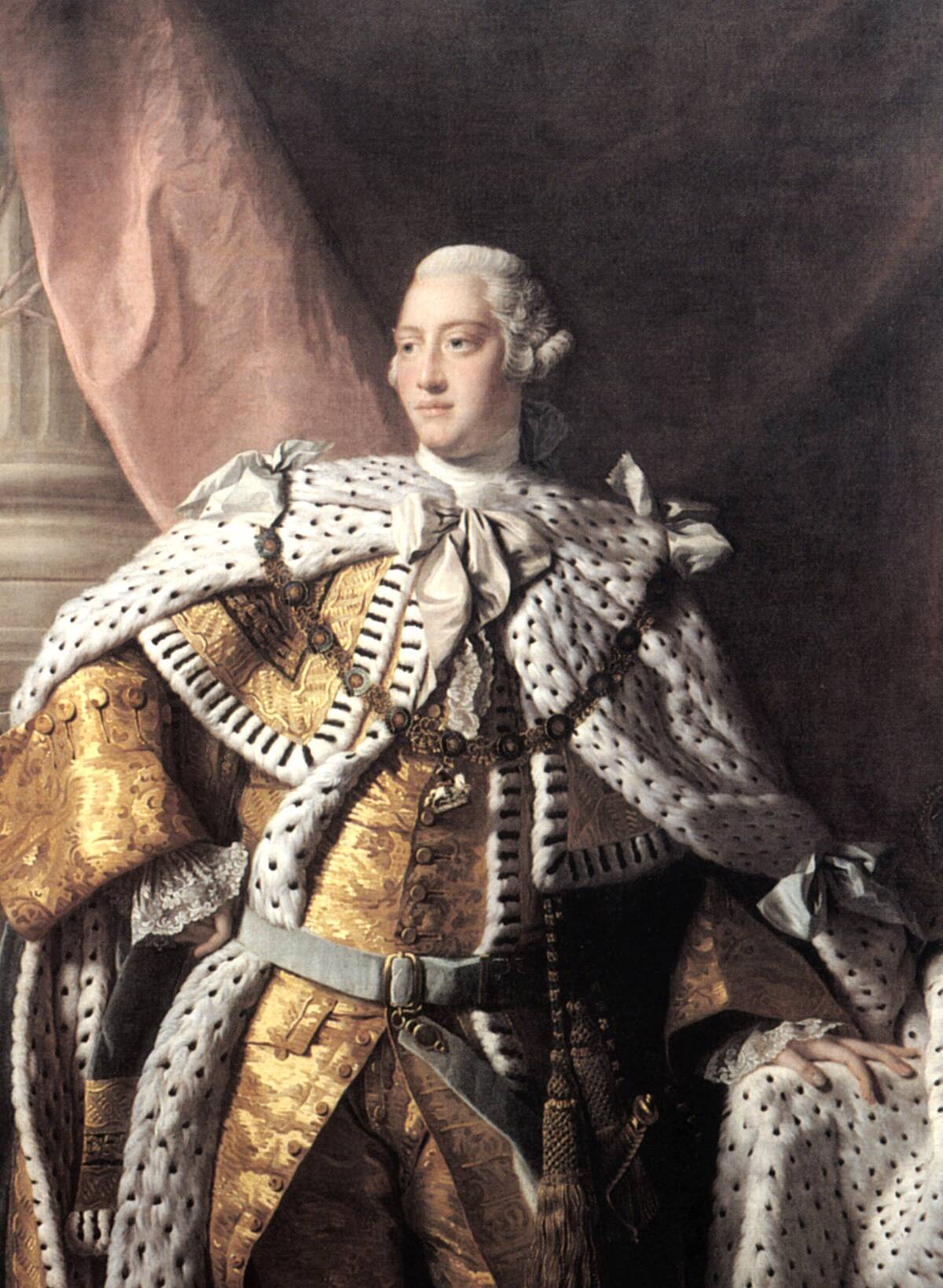
King George III, who reigned from 1760 to 1820, is often remembered for losing the American colonies and his bouts of mental illness. Known as the “Mad King,” George III’s condition has been attributed to porphyria.
Despite these challenges, his long reign saw the expansion of the British Empire and agricultural advancements. Though his reign is often overshadowed by personal struggles, his contributions to Britain’s global influence remain significant.
Maximilien Robespierre: Architect of the Reign of Terror
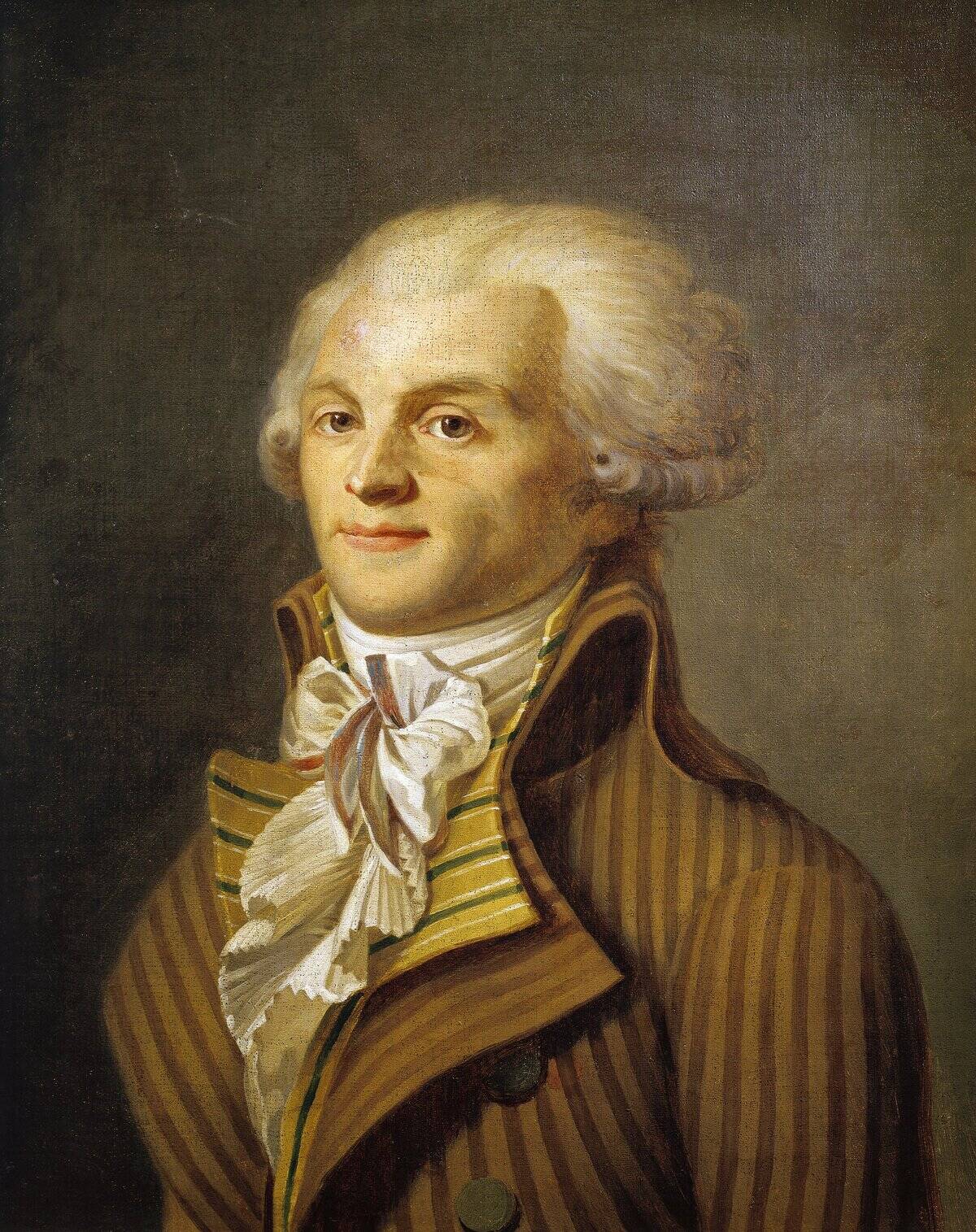
Maximilien Robespierre, a key figure in the French Revolution, is best known for his role in the Reign of Terror. As a leader of the Committee of Public Safety, he oversaw the execution of thousands deemed enemies of the revolution.
Although he appeared a staunch advocate for equality and justice, his methods were extreme and ultimately led to his downfall in 1794. Robespierre’s legacy is complex, embodying the revolutionary zeal and the perilous path of radical change.
Saddam Hussein: The Fall of a Dictator
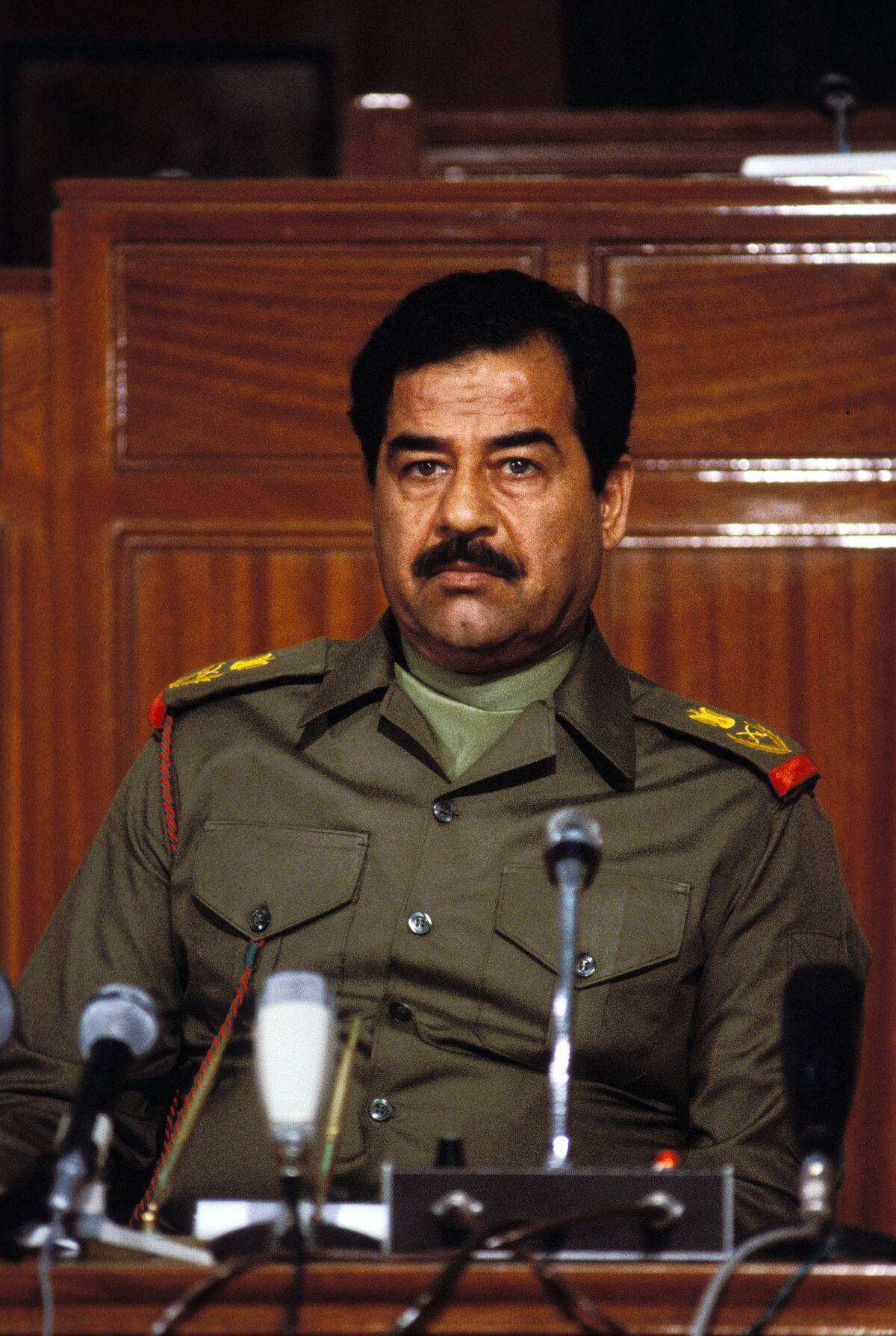
Saddam Hussein, President of Iraq from 1979 to 2003, was a dictator known for his brutal regime and conflicts with Western nations. His use of chemical weapons against Kurds and oppressive policies earned international condemnation.
The 2003 US-led invasion led to his capture and execution in 2006. Saddam’s reign left Iraq deeply divided, with his legacy characterized by both infrastructural achievements and human rights abuses.
Muammar Gaddafi: Libya’s Controversial Leader
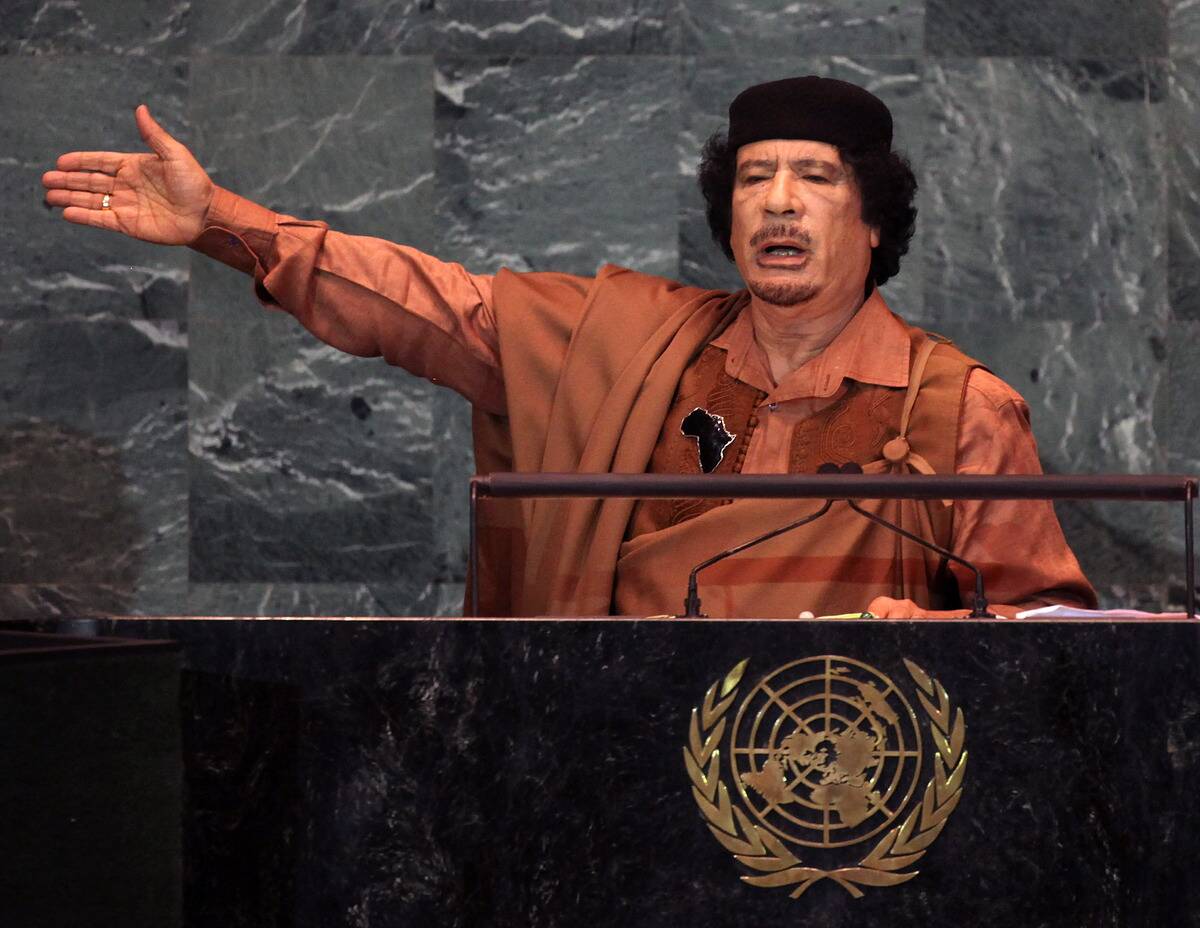
Muammar Gaddafi ruled Libya from 1969 until his overthrow in 2011. Known for his eccentricity and authoritarian rule, Gaddafi implemented policies that transformed Libya’s economy.
His support for acts of terror and oppressive tactics drew international ire. Gaddafi’s death marked the end of his regime, but Libya remains in turmoil, struggling with the vacuum left by his long tenure. His legacy is marked by both modernization efforts and a legacy of repression.
King Charles I of England: A Royal Execution

King Charles I of England, ruling from 1625 to 1649, faced conflict with Parliament that led to the English Civil War. His belief in the divine right of kings and refusal to compromise fueled tensions.
The war ended with his execution in 1649, a pivotal moment in British history. Charles’s reign is remembered for its constitutional significance, as it challenged the absolute power of monarchy and laid the groundwork for modern parliamentary democracy.
Queen Isabella II of Spain: The Deposed Monarch
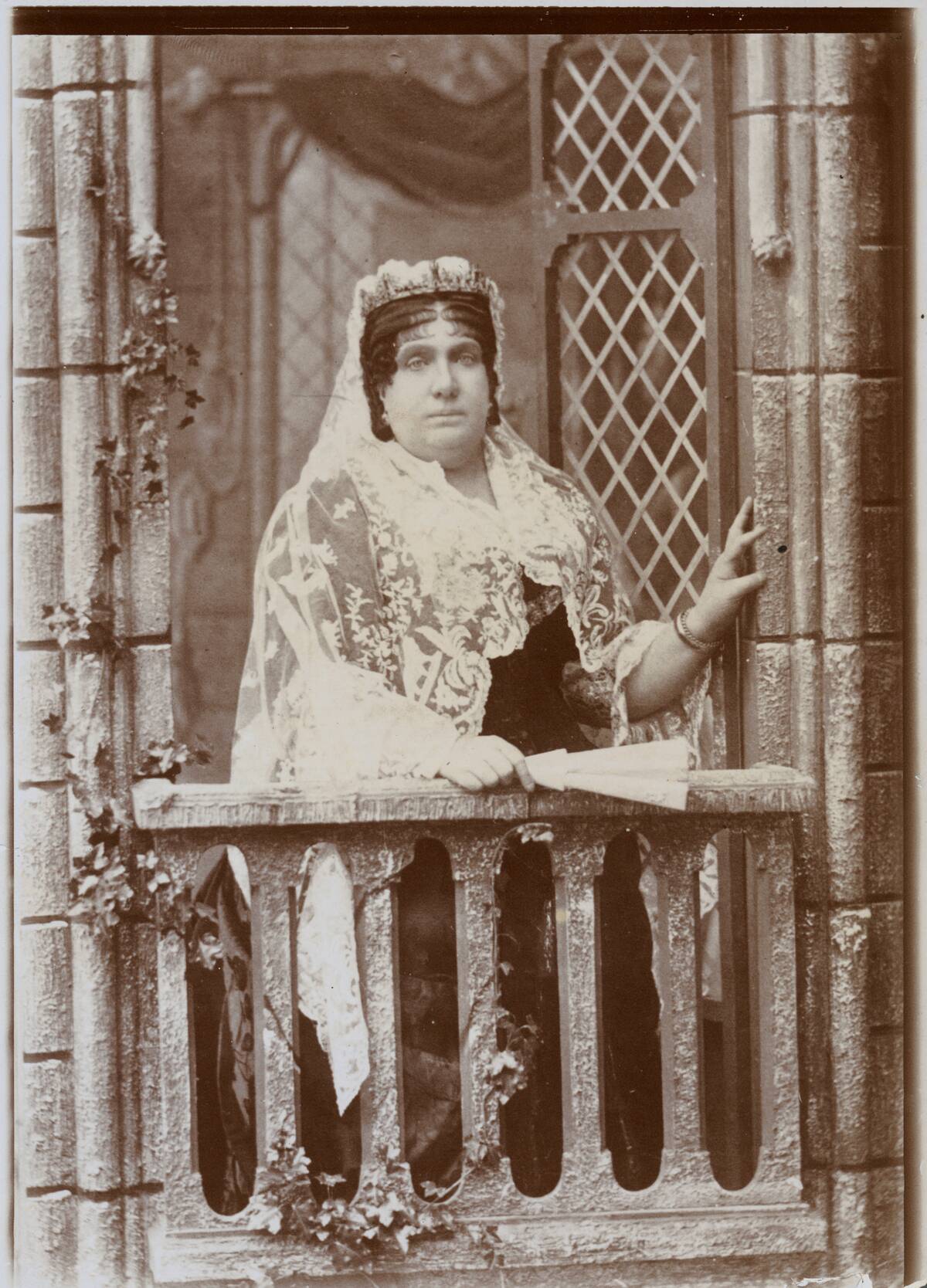
Queen Isabella II reigned over Spain from 1833 to 1868, a period marked by political instability and multiple uprisings. Her reign saw the Carlist Wars and frequent changes in government. In 1868, she was deposed in the Glorious Revolution, leading to her exile.
Despite her turbulent rule, Isabella’s reign paved the way for future constitutional changes in Spain. Her legacy is complex, symbolizing both the challenges of monarchical rule and the push towards modernization.
Shah Mohammad Reza Pahlavi: Iran’s Last Shah
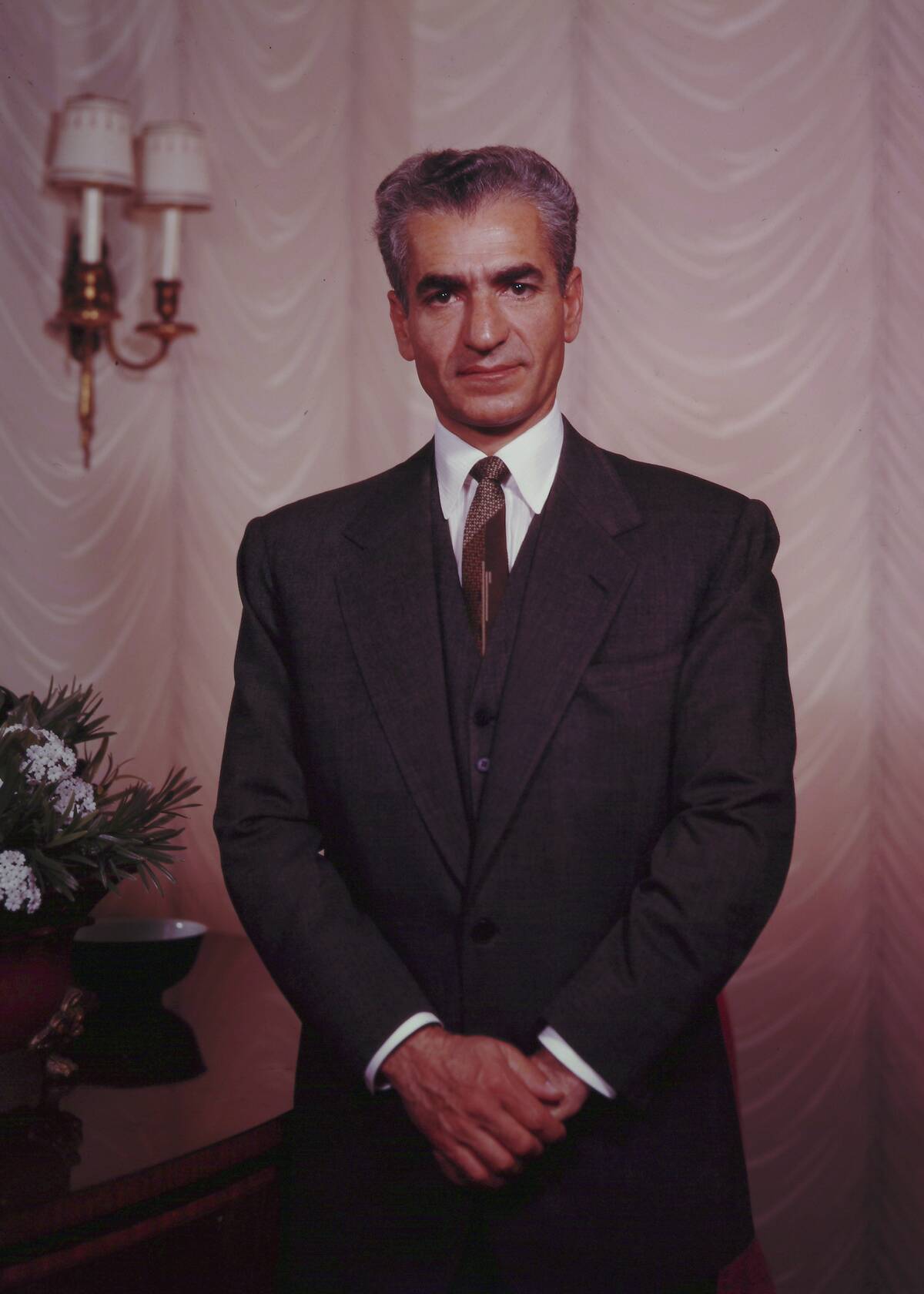
Shah Mohammad Reza Pahlavi, Iran’s last monarch, ruled from 1941 until the 1979 revolution. His reign focused on modernization and Westernization, but economic disparity and political repression fueled discontent.
The Islamic Revolution led to his overthrow and exile. Despite his efforts to modernize, the Shah’s legacy is marred by his authoritarian rule and the revolution that reshaped Iran’s political landscape, shifting it from a monarchy to an Islamic republic.
Emperor Caligula: Rome’s Mad Emperor
![Bust of [redacted] in Military Attire](https://media.tellmebest.com/wp-content/uploads/2023/08/bust-of-caligula-in-military-attire-75592.jpeg)
Emperor Caligula, ruling from 37 to 41 AD, is infamous for his eccentric and cruel behavior. Known for extravagant projects and alleged madness, his short reign was marked by tyranny. Accounts suggest he declared himself a god and indulged in extreme excesses.
Despite his notoriety, some historians argue that his actions may have been exaggerated by political opponents. Nonetheless, Caligula’s name remains synonymous with the perils of absolute power.
Richard III of England: A Villainous Reputation
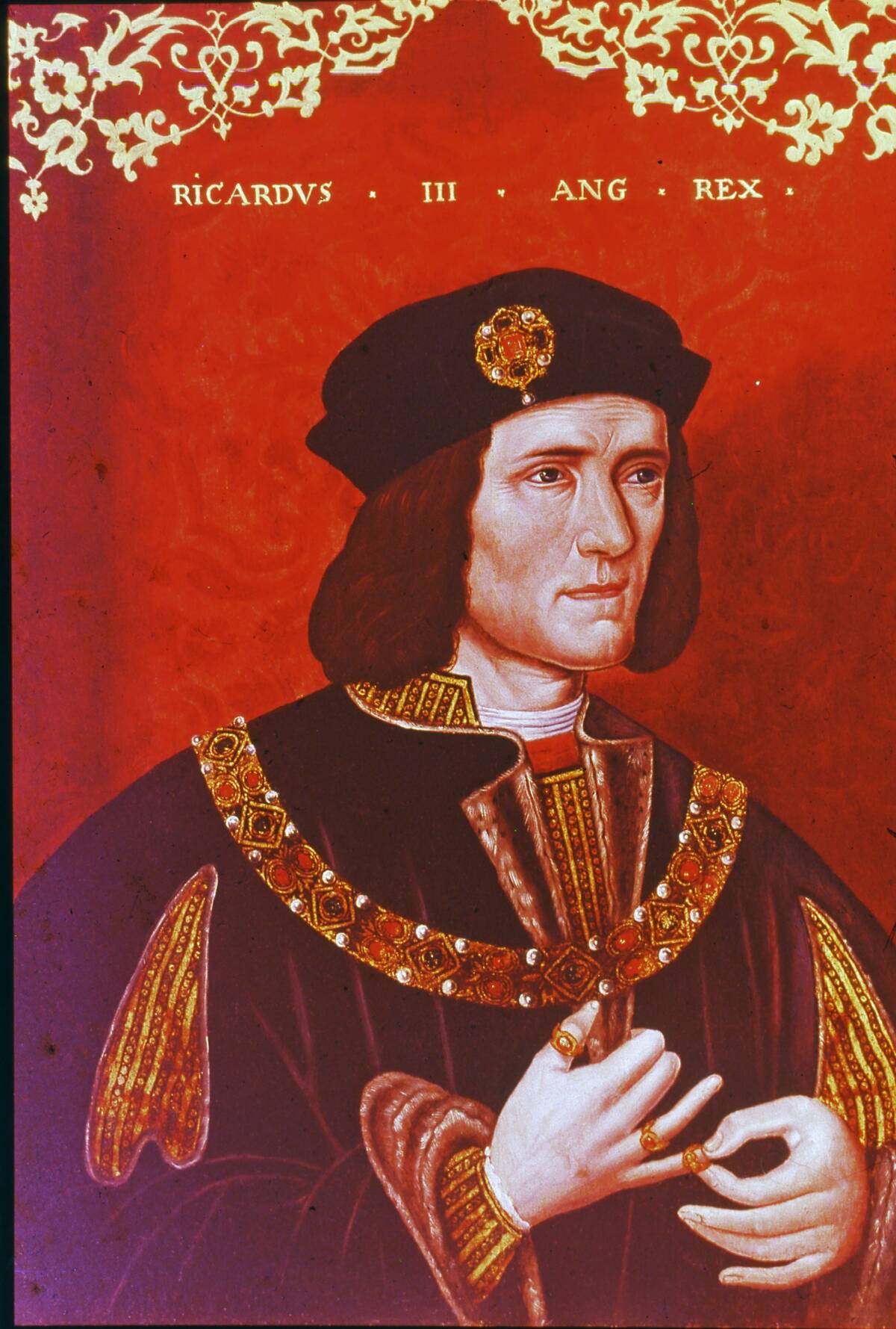
Richard III, King of England from 1483 to 1485, is often portrayed as a villain, primarily due to Shakespeare’s depiction. His short reign ended at the Battle of Bosworth, concluding the Wars of the Roses.
Accusations of usurping the throne and the mysterious disappearance of the Princes in the Tower marred his legacy. Recent archaeological discoveries and historical reassessments have sparked debates, challenging the traditional view of Richard as a ruthless tyrant.



